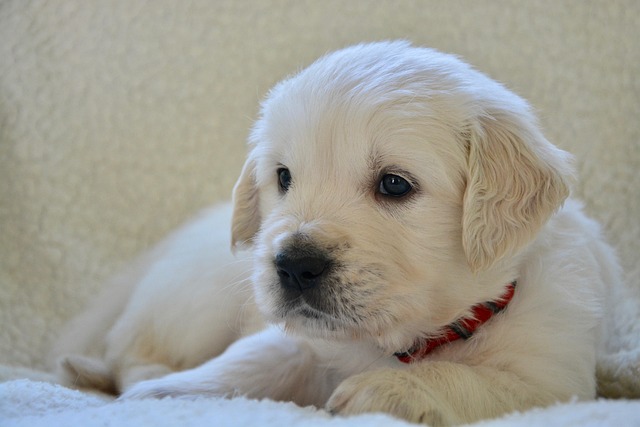
What is glaucoma in a dog?
You might notice your dog squinting more at mealtime or avoiding bright sunlight—these small changes could be early signs of a serious eye condition.
It’s a Wednesday evening in your Brooklyn apartment, and your 3-year-old Australian shepherd, Cooper, is pacing by his empty water bowl—his tongue flicks out, and he nudges the plastic with his nose like he’s asking a question. You’ve heard conflicting advice: some say leaving water out makes him pee more (bad news for your landlord’s hardwood floors), others swear he needs it nonstop. Let’s cut through the noise, starting with what his body actually needs.
Dogs lose water constantly—through panting, peeing, even breathing—and unlike humans, they can’t just say “I’m thirsty.” A 50-pound dog needs about 20-40 ounces daily, more if he’s zooming in the park or it’s hot. Think of his body like a well: if you don’t keep filling it, the pump runs dry. Last month, my neighbor in LA forgot to refill her dachshund Lola’s bowl before work—by evening, Lola was lethargic, her gums sticky instead of moist. The vet said dehydration creeps in fast, making her kidneys work overtime to conserve fluid, which can lead to UTIs or worse.
So, yes, leave water out—but make it easy for both of you. Keep a stainless steel bowl (easier to clean than plastic) in his favorite spot, and add a second in the living room if your apartment’s spread out. Rinse it twice daily—slimey film isn’t just gross; it grows bacteria that upsets his stomach. For messy drinkers (looking at you, Cooper, with your water-sloshing enthusiasm), put a silicone mat under the bowl to save your floors—your landlord will thank you, and keeping the space tidy is part of good apartment pet etiquette.

There are rare exceptions: if your vet says Cooper has kidney issues or heart failure, they might suggest timed water breaks. But never restrict it without their okay—dehydration is far riskier than a few extra pee stops. When you’re out walking, pack a collapsible bowl; even a 10-minute stroll in 80°F weather zaps his fluids. And don’t forget the basics: grab poop bags (NYC fines $250 for skipping them) and stick to community park hours—no early-morning water breaks that wake the neighbors.
Training tip: If he splashes water everywhere, redirect with a “gentle” command and praise when he drinks calmly—positive reinforcement works way better than scolding (plus, yelling stresses him, making him drink faster). While you’re at the vet for his annual checkup, confirm his rabies vaccine is current—most dog runs require proof, and it’s one less thing to stress over.
By bedtime, Cooper’s bowl is half-full, and he’s curled up nearby, no longer pacing. That’s the sweet spot: keeping him hydrated without turning your home into a water park. It’s not just about rules—it’s about knowing what your dog needs, even when he can’t tell you.

You might notice your dog squinting more at mealtime or avoiding bright sunlight—these small changes could be early signs of a serious eye condition.

Let’s set the scene: It’s a sweltering Phoenix afternoon—105°F outside—and you rushed your 2-year-old Lab mix, Cooper, on a quick walk to “get it over with.”

Let’s get real: You’re in your Miami apartment, watching your 3-year-old Corgi, Loki, struggle to climb the stairs to your second-floor unit.

Many dog owners brush off occasional scratching as just “dog behavior,” but persistent itching often signals something more—like a food allergy.

You might first notice your dog scratching more than usual—chewing at their paws until the fur looks thin, or rubbing their face against the couch nonstop.

Let’s be real: You’re standing in your Chicago apartment, watching your 3-year-old Beagle, Max, huff and puff just to climb onto the couch.